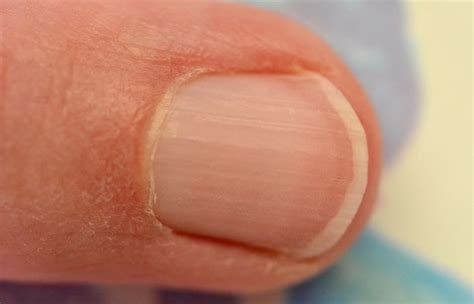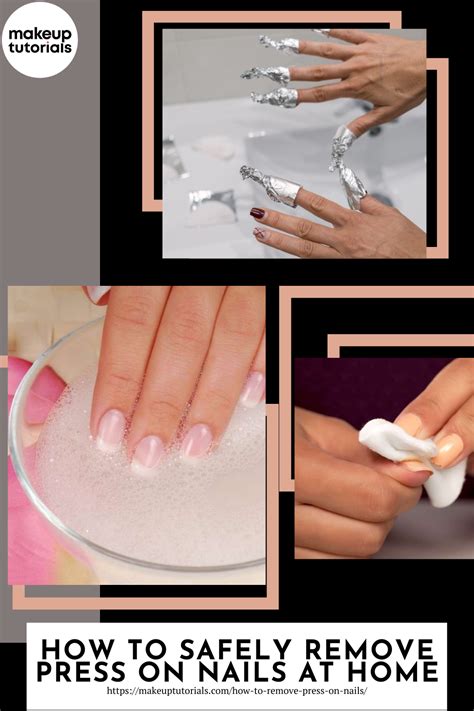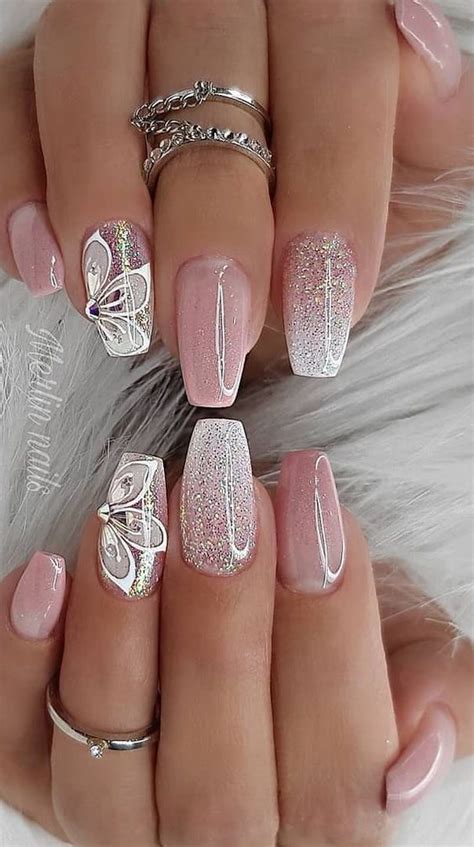Learn about identifying, causes, home remedies, treatment, and prevention of fingernail abnormalities. Take control of your nail health today!
Identifying Fingernail Abnormalities
Contents
When it comes to identifying fingernail abnormalities, it’s important to keep an eye out for any changes in the color, texture, or shape of the nails. Abnormalities can manifest as discoloration, ridges, brittleness, or swelling around the nail bed. These changes can be indicative of an underlying health issue.
One common fingernail abnormality to look out for is the presence of white spots or lines on the nails, which could be a sign of a fungal infection or mineral deficiency. Additionally, the development of vertical or horizontal ridges on the nails may be indicative of nutritional deficiencies or underlying health conditions.
It’s important to pay attention to any changes in the nails and to seek professional advice if you notice any abnormalities. By staying vigilant, you can catch potential health issues early and seek appropriate treatment.
Causes of Fingernail Abnormalities
One of the causes of fingernail abnormalities is poor nutrition. When your body doesn’t get enough essential vitamins and minerals, it can affect the health and appearance of your fingernails. For example, a lack of vitamin B12 can lead to dry and darkened nails, while inadequate iron levels can cause brittle and spoon-shaped nails.
Another common cause is infections. Fungal, bacterial, and yeast infections can all affect the nails, leading to changes in color, texture, and shape. These infections can occur as a result of poor hygiene, skin trauma, or exposure to contaminated water or soil.
Furthermore, systemic diseases can contribute to fingernail abnormalities. Conditions such as diabetes, liver disease, and heart disease can manifest in the nails, causing discoloration, ridges, and clubbing. It’s important to pay attention to any changes in your nails, as they can sometimes indicate an underlying health issue.
In some cases, medications can also be to blame for fingernail abnormalities. Certain drugs, such as chemotherapy medications, acne treatments, and antifungal medications, can impact the development and appearance of the nails. If you notice changes in your nails after starting a new medication, be sure to discuss it with your healthcare provider.
Home Remedies for Fingernail Issues
When it comes to treating fingernail issues at home, there are several remedies that can help improve the health and appearance of your nails. One of the most effective home remedies for fingernail problems is proper nail care. This includes keeping your nails clean and dry, using moisturizer and cuticle oil, and avoiding harsh chemicals and excessive filing.
Another popular home remedy for fingernail issues is soaking your nails in a mixture of warm water and natural oils such as olive oil, coconut oil, or tea tree oil. This can help to soften the cuticles, strengthen the nails, and promote overall nail health.
In addition, applying a nail strengthening treatment regularly can be beneficial for addressing various fingernail problems. Look for products that contain ingredients such as biotin, vitamin E, and keratin to help strengthen and nourish the nails.
Dietary adjustments can also play a role in improving fingernail health. Consuming foods rich in protein, omega-3 fatty acids, and biotin can help promote strong and healthy nails. Incorporating foods such as eggs, salmon, nuts, and leafy greens into your diet can make a difference in the appearance and strength of your fingernails.
Seeking Professional Treatment
When it comes to fingernail abnormalities, seeking professional treatment is often the best course of action. While some issues can be treated at home, more serious abnormalities may require the expertise of a dermatologist or other healthcare professional.
One common reason to seek professional treatment is the presence of chronic nail discoloration or changes in nail shape. These symptoms could be indicative of an underlying health condition, such as a fungal infection or psoriasis. A medical professional can provide accurate diagnosis and recommend appropriate treatment options.
Additionally, individuals experiencing severe nail pain or inflammation may benefit from seeking professional care. These symptoms could be a sign of an infection or injury that requires medical attention. Ignoring these issues could lead to further complications and a delay in effective treatment.
Overall, it’s important to remember that professional treatment is not only about addressing the immediate concern, but also about identifying and addressing any underlying causes or contributing factors. By consulting with a healthcare professional, individuals can receive personalized care and guidance for managing and improving their fingernail health.
Preventing Fingernail Abnormalities
Preventing Fingernail Abnormalities
Keeping your fingernails healthy is essential for overall well-being. There are several measures you can take to prevent fingernail abnormalities and maintain strong, healthy nails. One important step in preventing nail issues is to maintain proper hygiene. This includes regularly cleaning and trimming your nails to prevent dirt and bacteria from accumulating underneath them.
Another important factor in preventing fingernail abnormalities is to avoid exposure to harsh chemicals and irritants. This includes wearing protective gloves when doing dishes or using cleaning products to avoid damaging your nails. It’s also important to keep your nails moisturized by using hand cream or moisturizer to prevent them from becoming dry and brittle.
Eating a balanced diet with essential nutrients and vitamins can also help in preventing fingernail abnormalities. Foods rich in biotin, vitamin A, and vitamin C can promote nail strength and health. In addition to a healthy diet, staying hydrated by drinking plenty of water is important for nail health.
Furthermore, it’s important to avoid habits that can lead to nail damage, such as biting or picking at your nails. These habits can cause trauma to the nail bed and increase the risk of infection. Lastly, scheduling regular visits to a nail care professional for manicures and pedicures can help in maintaining healthy nails and identifying any potential issues early on.












